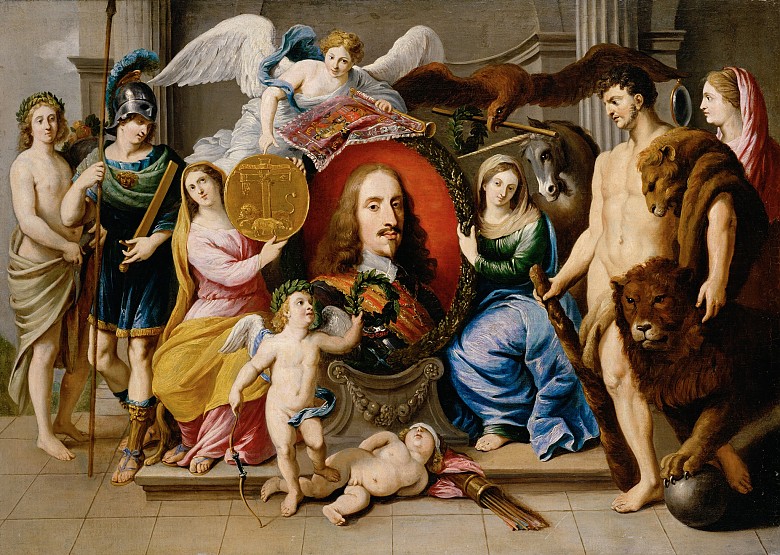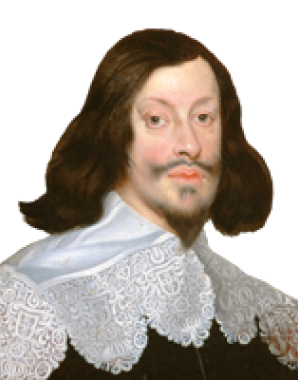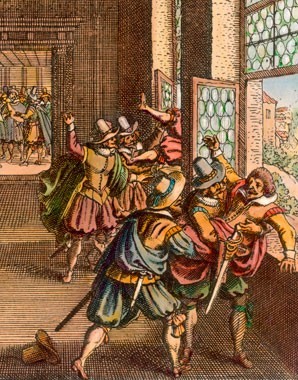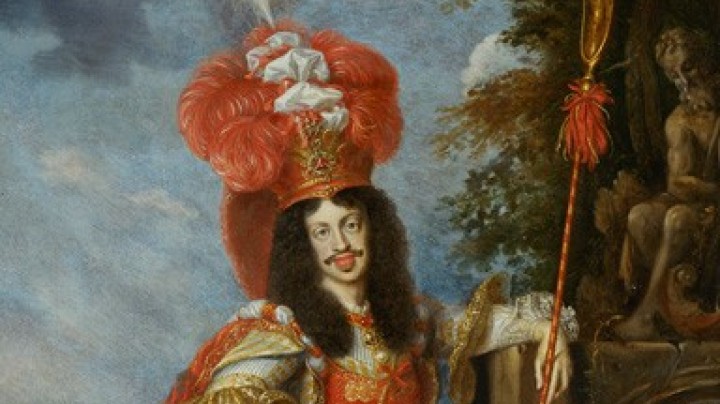Leopold Wilhelm: the prince of the Church in armour
Although it is attested that the archduke was personally very pious and led a life in accordance with his clerical estate, his activities were focused less on pastoral duties than on his career as a military commander and diplomat.
Leopold Wilhelm played an important role in imperial politics. In 1639 he was entrusted by his brother, Emperor Ferdinand III, with the command of the imperial army. At first he achieved respectable results, succeeding in driving out the Swedes from Bohemia, Saxony and Silesia. But the tables turned with the disastrous battle fought at Breitenfeld on 2 November 1642, in which the archduke engaged against the advice of his generals. Following this defeat he resigned his command.
However, after the imperial forces suffered further defeats (for example, at the Battle of Jankau in Bohemia in 1645) he was made commander-in-chief for a second time in 1645. The thinking behind this decision was that as a member of the dynasty he would enjoy special authority with the army and would also be more loyal to the aims of the dynasty than many another general. As generalissimo of the imperial army Leopold Wilhelm had wide-ranging powers.
The situation was catastrophic: the Swedes now had unrestricted access to the core territories of the Habsburg Monarchy and occupied Bohemia and Austria north of the Danube. Leopold Wilhelm tried to make the best of a bad job. Avoiding the risk of large set battles, he focused on careful manoeuvring. The realization that a decisive victory was impossible made him advocate a compromise settlement and speedy peace negotiations.
In 1646 a new sphere of activity opened up to him when he accepted the governorship of the Spanish Netherlands. Here he was able to achieve a diplomatic success, persuading the United Provinces that had only just gained their independence from Spain to join Austria in an alliance against the expansionist aims of France. Despite initial success it proved impossible to overcome France’s superiority. In 1656 he resigned from his post as governor.
His experience gave Leopold Wilhelm high standing as a politician and he was even briefly considered as a candidate for the imperial title following the death of his brother Ferdinand in 1657. He declined to pursue this flattering offer for dynastic reasons, deferring to his nephew Leopold I. Leopold Wilhelm died on 20 November 1662 in Vienna, where he was also buried. His coffin is to be found in the imperial crypt in Vienna.
Today the name of Archduke Leopold Wilhelm is associated in particular with his artistic patronage and passion for collecting. It was during his governorship of the Netherlands, at a time when the arts were enjoying a golden age, that he acquired a large number of artworks, including paintings by Rubens. After his resignation as governor-general of the Netherlands in 1656 he moved his art collection from Brussels to Vienna, where they today constitute part of the core holdings of the Kunsthistorisches Museum.














